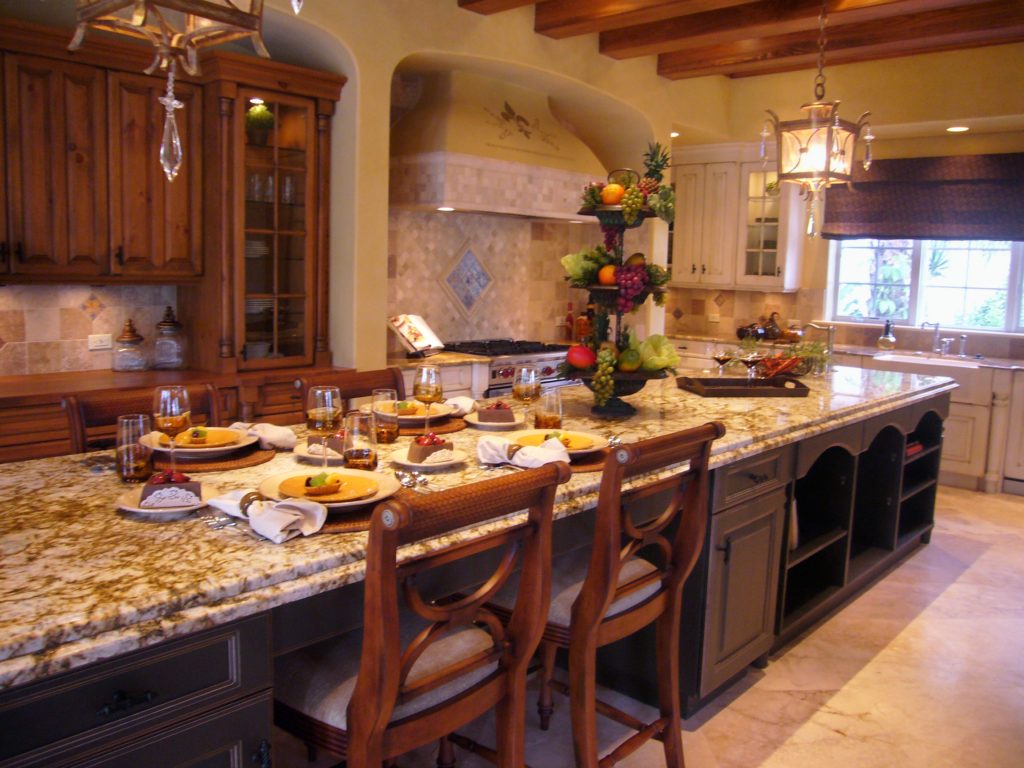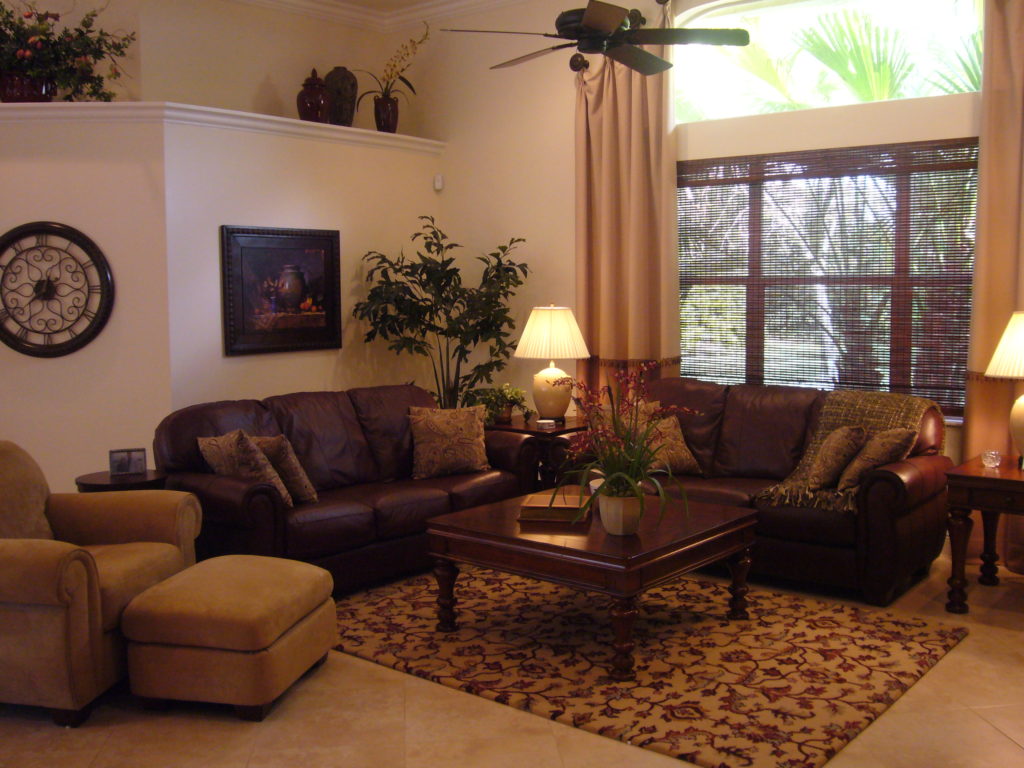|
Great communication between the client and the designer is important to a successful design project; it saves both time and money for both the designer and the client. Give as much thought and research to what you want and like as you can, before your first meeting with the designer. Communicate what you like and want in your project; spend time collecting photographs, clippings and color chips, and samples that explain your taste and sum up how you would like your home to look and feel. Do you like plaids, floral, stripes or solids, bold bright colors or neutrals? Clean lines or lots of detail? Are there special needs or time restraints? Maybe you not sure what you do like but know what you don’t like, this is all important information to communicate to your designer. Be involved with the design process; work with the designer to define your requirements, needs and life style. What is most important to you and how do you want the designer’s time spent? Is a space plan and paint colors your most important priority? Or do you want your whole home to be completely designed down to the last perfectly placed accessory? Who will be involved in the decision making process? If there is only one client involved the decision making and communication process it is much easier. But if there are spouses or children or others living in the space to be designed everyone needs to be involved so that their needs are met. Is there anyone in the home with special needs or physical limitation? These things need to be discussed and a design plan should address these issues, so that if there is someone who has visual limitations, uses a wheelchair or walker that they will be able to have access and move about the space freely.  Spouses should always be together on the meetings about budget and design with the designer. I have had wife’s tell me their husbands don’t really care and he may not but if he is not included in the beginning conversations about the project you won’t know for sure. Both husband and Wife should sign all orders and documents. The husband may not care about the design as long as you stay in his budget and the wife may not care so much about the budget as long as she gets what she wants. Also the husband may say he is not interested in the design process but I guarantee that if there is not a comfortable chair for him to relax in at the end of the day you will have one unhappy client. Budget; letting the designer know what your budget is at the beginning will save time and money, so the designer will not spend her time looking for and recommending furniture, products and fabrics that would put you over your budget. Good communication about budget between all parties; husband, wife, partners and designer will help to keep the love in the relationships. Sometimes a client has no idea how to come up with a budget, there are some guidelines to help; if you are furnishing a new home and have nothing to start with you can use the square foot method to help come up with a budget. Let say you bought a 3000 square foot house for $500,000.00, take 3000 sq. ft. x $20.00 = a $60,000.00 budget. But if you wanted your budget to cover custom widow treatments and some custom faux finishes, flooring, new kitchen and better furniture and fabrics 3000 x $40.00 = a $120,000.00 budget would allow you to get the look you want. Also someone in the million dollars and up home is going to spend a lot more on investment art, faux finishes and marble floors than the average homeowner would. If you use the purchase price of the house to calculate a budget were to take the purchase price of the house at $300,000.00 x 20% = $60,000.00 budget. But someone else with a 3000 square foot house that cost $500,000.00 could be in an area that would call for a higher budget, so 20% of their purchase price would be $100,000.00. Prices will depend on how much work needs to be done if there is flooring, construction, new kitchen and baths to be designed or will it be just furnishings and window treatments and accessories? You should always leave a little wiggle room in your budget for things that are out of your designers or your control. Such as price increases or unforeseen unexpected things that happen during construction or that one of a kind antique you just have to have but is not covered in the original budget. If you have a smaller project, or doing the whole house at once is not an option you can do a room at a time, keep in mind you could spend $55.00 and up a square foot in a living room or dining room where you want it to look richer and more elegant but only $20.00 a square foot in a small bedroom, hallway or bath. Also remember even if your redesigning one room at a time, building a design plan for the whole house with your designer helps to insure that the project will look like it was done all at once when completed. And don’t forget window treatments and accessories are a big part of the budget and are what will make your home look well pulled together so make sure you leave enough money in you budget for the final touches. Also read my post on Four R’s of Green Design; renew, reuse, recover and recycle. This is a good option for decorating on a tight budget. Will you want the designer the designer to supervise contractors on the job or will you be doing it yourself? I had clients who hired me for the design and finish selections but decided to hire their own GC do the construction themselves, they said afterwards that they wished they had hired me to handle supervising the construction, that it was very stressful and interfered with their work schedule. If you work you will need to weigh the cost of taking time off work if it’s a large project or hiring the designer to do it. Find out what is the best way for you and the designer to keep in touch and communicate throughout the job; is it by phone, email or text messages? If he or she only likes to text messages during the work day and you can only communicate by phone at night after hours, you’ll have to work out what will work best for everyone. How will job changes be communicated? They should always be in writing, as a change order document or email document where the client signs for the changes in either price or product so there is no mix ups and confusion. In the end good client/designer communication is a two way street and paramount to having a happy and satisfied client at the end of the design and installation of your project. I appreciate all feedback so to leave a comment click on the Facebook link below: https://www.facebook.com/dewolfeinteriors/ Katheryn de Wolfe- Interior designer ID#320 561-364-0074 Fax 561-469-7536 www.dewolfeinteriors.com dewolfeinteriors@comcast.net Follow us on Instagram, like us on Facebook, Houzz, and Pinterest
0 Comments
Leave a Reply. |
"I WILL MAKE EVERYTHING AROUND ME BEAUTIFUL THAT WILL BE MY LIFE." Archives
March 2023
Categories |


 RSS Feed
RSS Feed